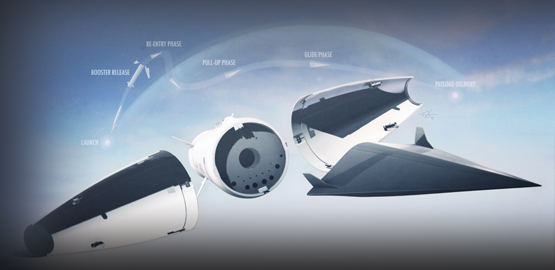Publications
"Nobody does defense policy better than CSBA. Their work on strategic and budgetary topics manages to combine first-rate quality and in-depth research with timeliness and accessibility—which is why so many professionals consider their products indispensable." – Gideon Rose, Editor of Foreign Affairs, 2010-2021
Why AirSea Battle?
For well over half a century, the United States has been a global power with global interests. These interests include (but are not limited to) extending and defending democratic rule, maintaining access to key trading partners and resources, and reassuring those allies and partners who cooperate with the United States in defending common interests. The United States’ ability to project and sustain military power on a large scale has been, and remains, essential to this endeavor.
Few Surprises in the FY 2011 Defense Budget Request
The Obama administration today unveiled its defense budget request for Fy 2011, which totals $549 billion in discretionary funding for the peacetime costs of the Department of Defense (DoD) and $4 billion in mandatory funding. In addition to the “base” budget, the administration also requests $159 billion for Overseas Contingency Operations (OCO) and $26 billion for national defense activities in the Department of energy and other agencies. altogether, the total national defense budget request is $739 billion for FY 2011. The budget also includes a supplemental request for $33 billion in additional funding for OCO for the remainder of FY 2010.
The 2010 Quadrennial Defense Review: An Initial Assessment
On February 1, 2010, Secretary of Defense Robert Gates submitted the fourth Quadrennial Defense review (QDR) report. This CSBA backgrounder provides an initial assessment of the QDR’s strategy and force planning dimensions. It finds that in general the QDR correctly identifies the major security challenges likely to confront the United States in the foreseeable future. While its six key mission areas are appropriate guides for the types of capabilities and forces DoD will need in the coming years, the QDR’s lack of operational concepts explaining how various strategic objectives can be achieved hinders the identification and prioritization of needed capabilities. In weighting its strategy and investments heavily toward addressing the wars in Afghanistan and Iraq, and transnational terrorism, the QDR appears to discount the urgency of investments needed to address emerging challenges, such as growing anti-access/area-denial (A2/AD) threats, nuclear-armed regional powers, and sustaining access to, and use of, space and cyberspace. Thus the most significant programmatic changes in the QDR call for expanding the fleet of manned and unmanned, fixed and rotary-wing aircraft that are in highest demand in the current wars. The QDR also expands critical enablers such as logisticians and intelligence analysts for Special Operations Forces. Despite the adoption of a new force sizing construct, however, the QDR does not propose major force structure readjustments, nor does it significantly alter the allocation of resources away from legacy programs toward the QDR’s priority mission areas unrelated to current wars. Consequently, the preexisting strategy-program mismatch will persist beyond the QDR. Finally, the QDR does not adequately address the rapidly eroding US fiscal posture, the worsening financial standing of America’s key allies in Europe and Asia, or the likely consequences of the economic downturn for the united States’ long-term defense posture.
Looking Ahead to the FY 2011 Defense Budget
Next week the Obama administration will release the 2010 Quadrennial Defense review (QDR) and FY 2011 defense budget request. This comes as DoD strives to balance the demands of the ongoing wars in Iraq and Afghanistan with the need to reset the force and prepare for future adversaries, all while the nation emerges from the most severe economic downturn since the Great Depression. The federal government’s record budget deficits will likely exert downward pressure on government spending, including defense spending, for years to come. This is a dramatic shift from the high rate of growth the base defense budget experienced over the past decade, which allowed the Department of Defense to postpone making many difficult decisions—a luxury that is not likely to be afforded in the coming years. This backgrounder places the defense budget within the context of the United States’ overall fiscal outlook, reviews how defense dollars have been allocated over the past decade, and highlights budgetary and programmatic issues that will complicate DoD’s planning over the Future year Defense Program.
Defense Planning for the Long Haul: Scenarios, Operational Concepts, and the Future Security Environment
Senior defense officials face a host of critical issues when assessing the nation’s military posture. Most importantly, they are responsible for determining which threats the United States must be prepared to address, what capabilities will be required to do so, and how the US military should be organized, trained, equipped, and employed to counter these threats successfully if and when they materialize.
Estimating Funding for Afghanistan
The deployment of additional troops to Afghanistan over the coming months will require additional funding in Fiscal Year 2010 (FY10). It is difficult to precisely estimate the cost that will be incurred by the deployment due to a variety of factors including the composition of the forces deployed and the specific mission they are given. The adversary also has a say in determining the operational tempo of our forces, and thus the costs incurred in terms of such items as fuel, ammunition, and equipment. Still, historical trends in the cost of the wars in Iraq and Afghanistan can provide a useful guide for making such an estimate.























